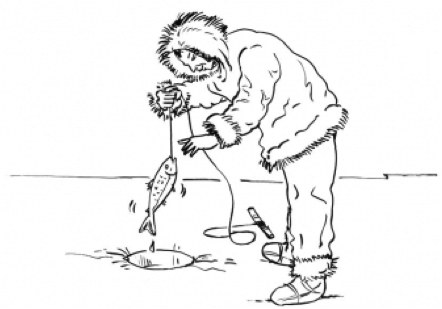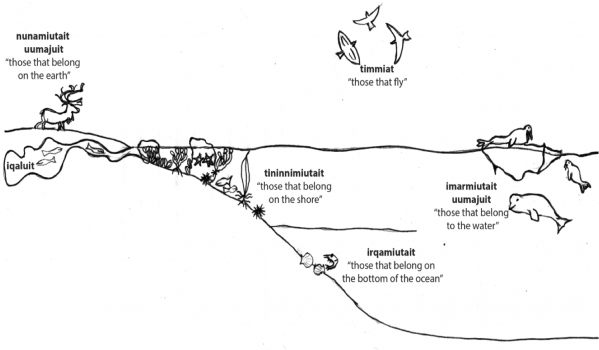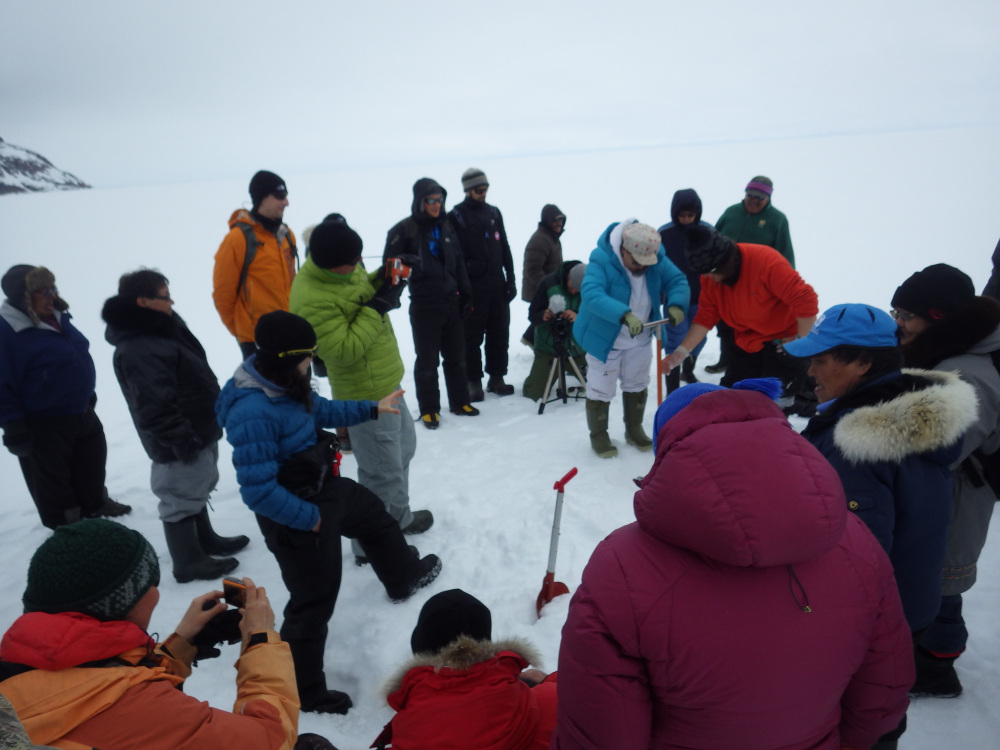Investigating the environmental impact: community involvement
Environmental impact: climate change and vernal productivity
With the aim of co-documenting links between climate change, fluctuations in vernal productivity, and the variability in marine resource density and diversity; local observations and interpretations about the spring bloom (timing, extent, characteristics), climate (temperature, wind, rain/snow, sunshine), ice floe (thickness, surface, depth and characteristics of snow on the ice), melt ponds (number, frequency), and ocean (turbidity, circulation), will be recorded with local people during the campaigns.
We investigate and characterize the relative importance of changes in time and space of the both the magnitude and composition of the phytoplankton spring bloom, while judging the effect of climate change, on the distribution, and abundance of key harvested marine species. It will contribute to the development of a comprehensive understanding of food security in Inuit communities.
Community involvement in 2015
Excellent contacts with local communities were established in 2015 in Qikiqtarjuaq, Nunavut. Regarding the transfer of knowledge, a general meeting was announced in February 2015 to present the Green Edge Project to the community of Qikiqtarjuaq. The opportunity was offered to local people to participate in the project.
In 2015 we organized regular meetings with the mayor and the community; as well as several educational activities with Inuksuit School students. Elders and students also visited us at the camp and in the laboratory. Local people got feedback from researchers directly or through local residents involved in the research. During the ice melting season, we provided satellite images describing the ice coverage to local guides from Parks Canada.
Regarding the integration with the community, we encouraged Green Edge participants to attend activities at the local gym and celebrations in the community. Many researchers conducted outreach activities with students, satisfying scientific curiosity and offered their help when needed to support well-being of the community. We also encouraged the consumption of country food by our team through the purchase of local products (fish and meat).



